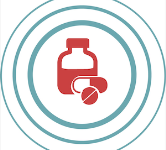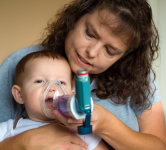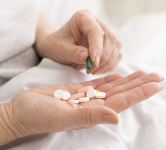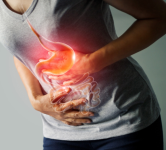2 hours
This CPD activity is presented free by Waka Kotahi New Zealand Transport Agency
Many people – both patients and health professionals – fail to recognise the serious impact of prescription and over-the-counter medications on their ability to drive safely. Unpublished research conducted by Waka Kotahi NZ Transport Agency investigated a limited number of medications and found at least one in thirteen people killed on New Zealand roads had medications in their system with the potential to impair driving. However, more than half of people prescribed these medications could not recall being warned about driving, and about one half of drivers are not aware it is illegal to drive while impaired by medications being used as prescribed.
The New Zealand Government recently embarked on a 10-year strategy to reduce the number of road deaths by 40 per cent – “Road to Zero” that includes addressing high-risk behaviours including substance-impaired driving.1
Substances that can affect driving include medications, illicit drugs and alcohol. Medications represent a wide range of substances including prescription, pharmacy-only, over the counter and traditional remedies. All substances whether illegal or legal can impair the visual, cognitive and motor functions needed for safe driving for example, by slowing reaction times, causing fatigue or visual disturbances, or by increasing risk taking behaviours.
Nurses and other health professionals need to understand the risks associated with prescribed (and other) medications so they can raise community awareness of medication related substance-impaired driving (MR SID) and support individuals with advice around safe transport choices where this risk occurs.
After completing this activity and quiz, you should be able to:
- Explain the impact of MR SID in New Zealand
- Define MR SID and the legal consequences of driving while impaired
- Identify broad classes of medicines that can cause MR SID and sources of information for their own practice and for their patients/clients
- Discuss signs and symptoms of impaired driving and the ways in which patients/clients can monitor for these
- Describe factors that increase an individual’s risk of MR SID
- Critically review strategies to reduce the impact of high-risk medications for patients/clients and their driving behaviours
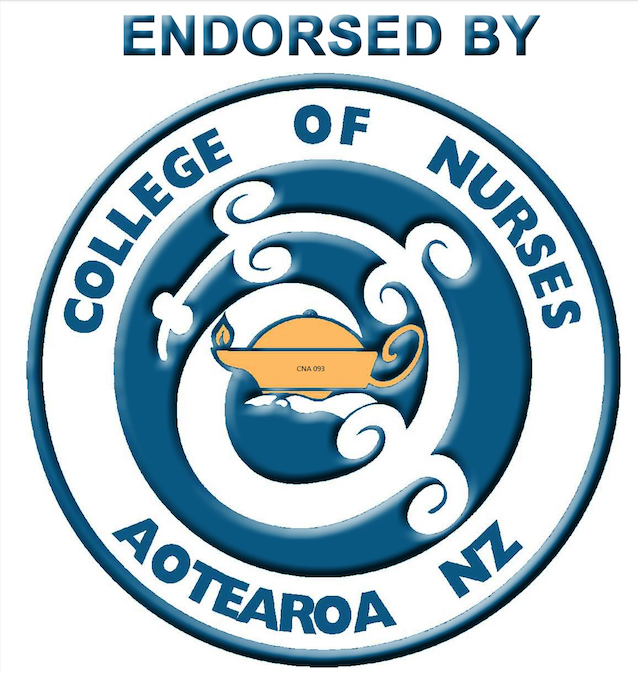
Introduction
It is illegal to drive impaired whatever the cause might be. In 2019 there were 352 deaths on New Zealand roads, with 14, 742 injury crashes. These numbers have been increasing since 2013. Forty-six percent of deaths and fifteen percent of injury crashes had alcohol or drugs as a contributing factor.2 The number of serious crashes with hospitalisation is also rising year on year with 4363 people admitted to hospital in 2018.3
When considering substance impaired driving, most people think of alcohol and illicit/recreational drugs as the primary contributors but every year in New Zealand 9 million new prescriptions are written for medications that might impair driving.4
In 2019, there were 131 fatal and 432 serious injury crashes involving alcohol, illicit drugs or medicines.5 The issue of medicines in serious crashes is an under recognised but significant factor: two out of every three drivers use potentially impairing medications and one in every four prescriptions is for a medication that can cause impairment.6,7
Many medications can impair a person’s ability to drive safely but drivers may not be aware of this risk,22 and at least half of drivers do not know it is illegal.7 If multiple ‘risk’ medications are used or combined with alcohol or illicit drugs, the impact is exponentially worse.
Of the fifteen hundred plus prescription medicines available in New Zealand, over 200 have warnings related to MR SID or avoiding alcohol.8 However, medicines purchased from the pharmacy or over the counter (especially antihistamines and cold or flu remedies), and even herbal and traditional medicines may also impact a person’s ability to drive safely. While we label some medications, it is important to raise community awareness of this issue so people become more able to assess their own capacity to drive where they suspect a medication or other substance might impact driving ability.

